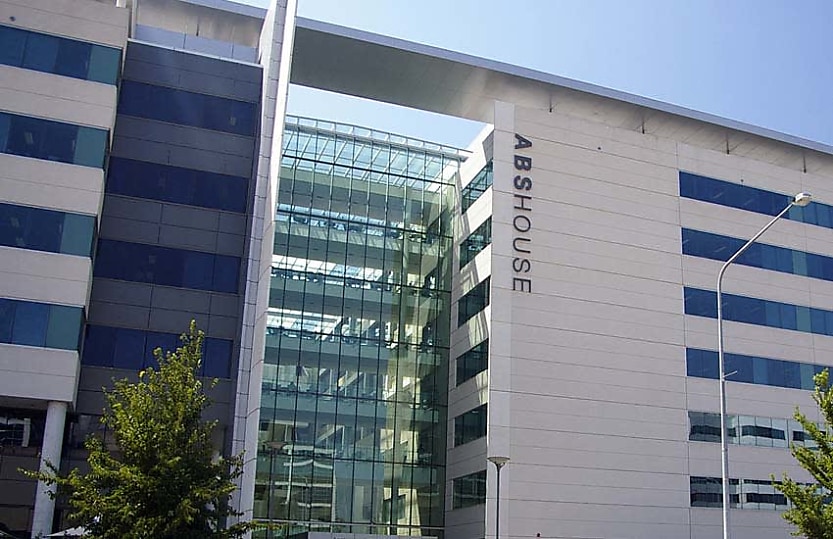Annual inflation jumps to 3.2% in September as electricity rebates wane

Annual headline inflation rose to 3.2 per cent in the September quarter, buoyed by an expected roll-off of state electricity rebates.
Headline inflation rose by 1.3 per cent in the September quarter, its largest quarterly increase since March 2023, data from the Australian Bureau of Statistics (ABS) shows. A 9 per cent quarterly rise in electricity costs contributed significantly to this movement, the bureau noted.
Two major factors prompted the spike in electricity prices: first, annual electricity price reviews came into effect from July, boosting energy prices across the capital cities. Second, the expiry of state electricity rebates buoyed out-of-pocket energy costs by 23.6 per cent over the year to September.
“The annual rise in electricity costs is primarily related to households in Queensland, Western Australia and Tasmania having higher out-of-pocket costs in September quarter 2025 than they did in September quarter 2024,” the ABS said.
“Excluding the rebates, electricity prices would have risen by 5.9 per cent in the last 12 months following annual price reviews.”
Headline inflation was 3.2 per cent over the year to September, stepping outside of the RBA’s 2–3 per cent target band, while annual core inflation was 3 per cent.
BDO chief economist Anders Magnusson said while economists anticipated an inflation bump in September, the increase was still larger than expected.
“Today’s September quarterly CPI release shows that inflation is hotter than expected. An increase was expected, but not by this much,” he said.
“The annual trimmed mean rose by 3.0 per cent, well above the forecast by the Reserve Bank and barely keeping inflation within the 2–3 per cent target range. “
Magnusson said that the hotter-than-expected inflation data would likely prompt the RBA to keep the cash rate steady at its next meeting in November to keep downward pressure on inflation.
“Looking ahead, there is only room for one or two cuts before the policy setting returns to neutral.”
“The RBA is likely to hold onto these until the economy shows it really needs them, which is unlikely to be this year.”
The recent spike in unemployment had prompted markets to predict the RBA would cut interest rates at its meeting next week, but Magnusson said that the September quarter CPI reading supported a restrained approach from the RBA.
The CPI reinforced the RBA’s current cautious, gradual approach to cutting interest rates.
“The increase in CPI was largely due to fiscal policy on the energy supply side of the economy, not due to an overheated demand side, so there is no need for a knee-jerk cash rate increase. Rather, this release reinforces that the current restrictive monetary policy setting is appropriate,” Magnusson said.
Deloitte Access Economics partner Stephen Smith said that market pricing for a rate cut had over-reacted in both directions in recent weeks, off the back of strong monthly inflation data and weak employment figures.
“Financial market pricing for a November cut has seesawed over recent weeks in response to firm monthly inflation data and soft labour market results,” Smith said.
“Those moves have been over-reactions in both directions given the volatility of those data releases and the Reserve Bank’s own messaging.”
Smith said September’s CPI jump was unlikely to materially alter the RBA’s approach to interest rate cuts.
“As electricity price rebates roll off, headline inflation was always expected to bounce in the September quarter. Another bounce is expected in the March quarter of 2026.”
“Neither of those moves should influence interest rate deliberations, with this data unlikely to sway the next decision.”
About the author

